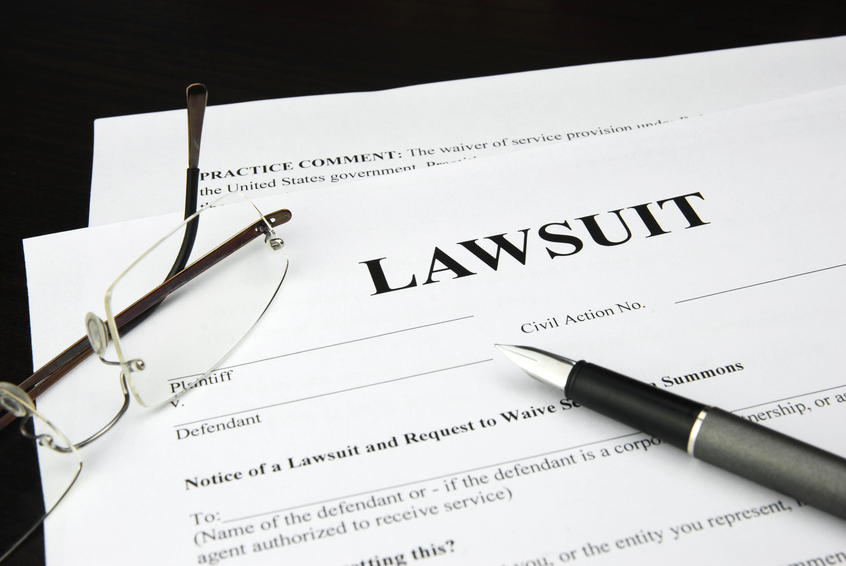Sears Holdings filed for bankruptcy this past October, after years of losses under Lampert, who was then its chairman, CEO and largest shareholder. Lampert saved the retailer from complete liquidation by buying it through Transform Holdco, an affiliate of his hedge fund ESL Investments.
But Sears’ unsecured creditors repeatedly argued that Lampert was the cause of, not the solution to, Sears’ downfall. They believe that Lampert, along with Sears’ biggest shareholders, unduly benefited from deals that occurred under Lampert’s watch, including its spinoff of Lands’ End in 2014, and the carve out of many of its best properties into Seritage Growth Properties, a real estate investment trust Lampert created a year later.
Those claims laid the groundwork for the unsecured creditors to pursue their claims against Lampert and others on behalf of Sears. Lampert had requested a release from potential ligation as part of his deal to buy Sears out of bankruptcy but was denied the protection.
“Altogether, Lampert caused more than $2 billion of assets to be transferred to himself and Sears’ other shareholders and beyond the reach of Sears’ creditors,” the lawsuit alleged on Thursday.
Among the allegations lobbed at Lampert, the company said he rejected a $1.6 billion offer for Lands’ End from private equity firm Leonard Green & Partners and the Tommy Hilfiger investment group in favor of a spin that would keep his stake in the brand untouched.
It cites an email from the company’s then-CFO, Robert Schriesheim, who explained to another Sears employee that ”[Lampert] was trying to optimize cash for [Sears] while maximizing his (esl) equity stake ... because he knows that [Lands’ End] is worth a great deal outside of [Sears].”
The filing claims Lands’ End was distributed to Lampert, ESL and other Sears’ shareholders for no consideration, following a prespin dividend of $500 million. On the stock’s first day of trading, its value topped $1 billion, with Lampert’s share worth at least $490 million. The stock currently has a market value of $591.3 million.
It further alleges that Seritage’s deal with Sears to give it ownership of 266 of Sears’ best retail stores was not negotiated and undervalued the properties by at least $649 million.
“The appraisals were fundamentally flawed and, among other things, intentionally used under-market future lease rates as the sole basis for their valuations,” the suit alleged.
Sears created committees to review each of its transactions, but the suit alleges those committees relied on “solvency opinions and appraisals based on false projections” even as Sears was in its financial “death spiral.”
The suit also claims that, “In an effort to create a false record to cover up their asset stripping, at Lampert’s personal direction, Sears employees repeatedly produced financial plans reflecting fanciful, bad-faith predictions that the company would experience an immediate and dramatic turn-around from deep and mounting losses to sudden profitability.”
The suit names numerous defendants besides Lampert and Mnuchin, including two high-profile directors: Bruce Berkowitz, a hedge-fund manager who was a large investor in Sears, and Kunal Kamlani, president of ESL.
“ESL Investments, Inc. vigorously disputes the claims in the debtors’ complaint against ESL, Mr. Lampert and Mr. Kamlani, which repeats baseless allegations and fanciful claims. As we have previously said, the debtors’ allegations are misleading or just flat wrong,” a spokesman from ESL said.
Mnuchin, who resigned from the Sears board when he was nominated to head Treasury, wasn’t immediately available to comment.
“Fairholme is in the process of reviewing the filings,” said a spokesman for Berkowitz’s hedge fund, Fairholme Capital Management.
Berkowitz took his own swing at Lampert’s management of Sears last year, when a lawyer for Fairholme told the bankruptcy court that Sears was “not so much a melting ice cube as it is a puddle.” He called the retailer’s tumble from grace a “multi-year liquidation” that happened “without court supervision.”













